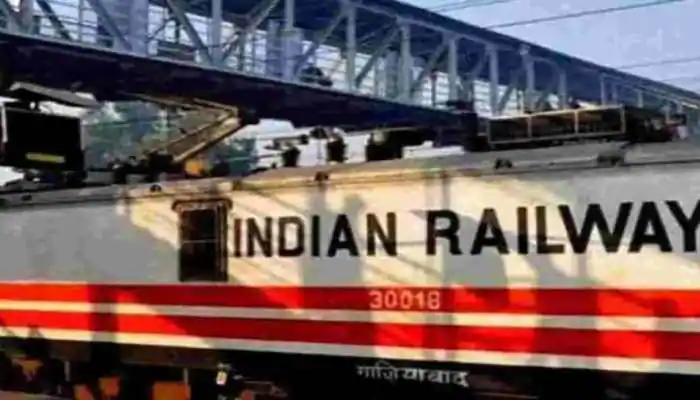As per a report on PTI, a major train accident was averted at Jharkhand’s Bokaro when the New Delhi-Bhubaneswar Rajdhani Express was passing through a crossing near Bhojudih station. The incident occurred at the Santhaldih railway crossing on Tuesday evening when a tractor crashed the railway gate near Bhojudih station, around the same time when New Delhi-Bhubaneswar Rajdhani Express was passing from there. As per a Railway official, a tractor got stuck between the railway track and the gate on June 6, 2023, creating a scare at the crossing.
However, the driver of the train applied the brakes and the train stopped, averting any major accident. This resulted in a delay of 45 minutes in the train’s schedule. “A tractor crashed the railway gate when it was closing at the Santhaldih railway crossing of the Bhojudih station in Bokaro district. However, the driver of the train applied the brakes and the train stopped, averting any major accident,” Manish Kumar, DRM, Adra Division, South Eastern Railway, told PTI.
Had the train driver not slammed brake, it could have been a major train mishap, similar to the Odisha Train Accident in the Balasore, where 278 passengers were killed. Kumar said the incident occurred around 5 pm and the train was delayed by about 45 minutes.
He said the tractor has been seized and an FIR lodged at the police station concerned, while the gate man has been suspended. The driver of the tractor had fled the spot.
The incident occurred barely days after one of the worst train tragedies in the country at the Bahanaga Bazar station in Odisha’s Balasore district, which claimed 278 lives and left more than 1,100 people injured after a crash involving Bengaluru-Howrah Superfast Express, Shalimar-Chennai Central Coromandel Express and a goods train.
Union Minister for Railways Ashwini Vaishnaw, said the Odisha train accident occurred due to a “change in electronic interlocking”. Electronic interlocking is an arrangement of signal apparatus that prevents conflicting movements between trains through an arrangement of tracks.
It is basically a safety measure to prevent signals from being changed in improper sequence. The aim of this system is that no train gets the signal to proceed unless the route is proven safe.
Source: Bureau
